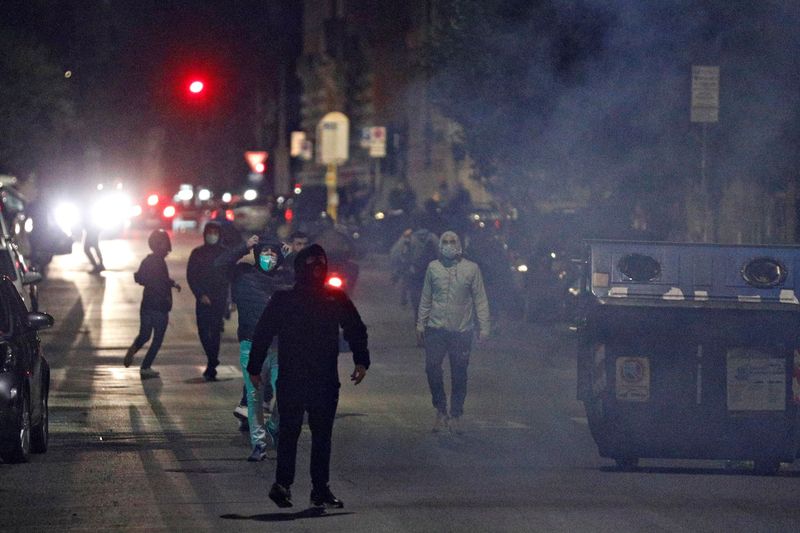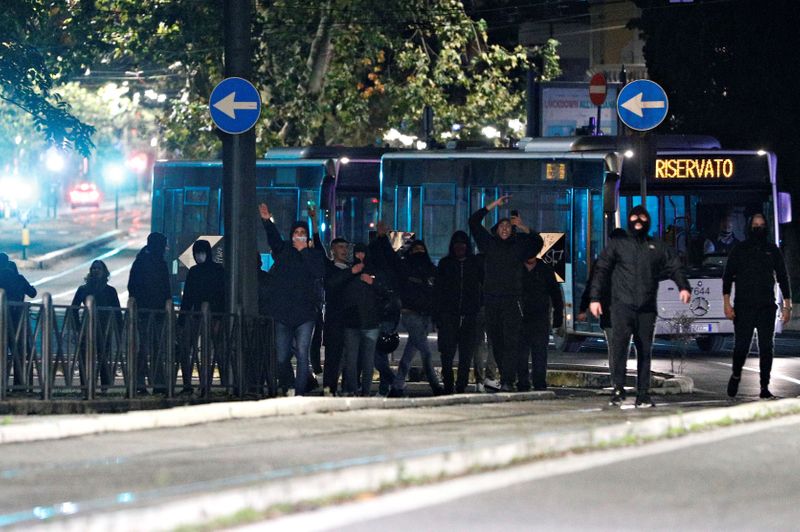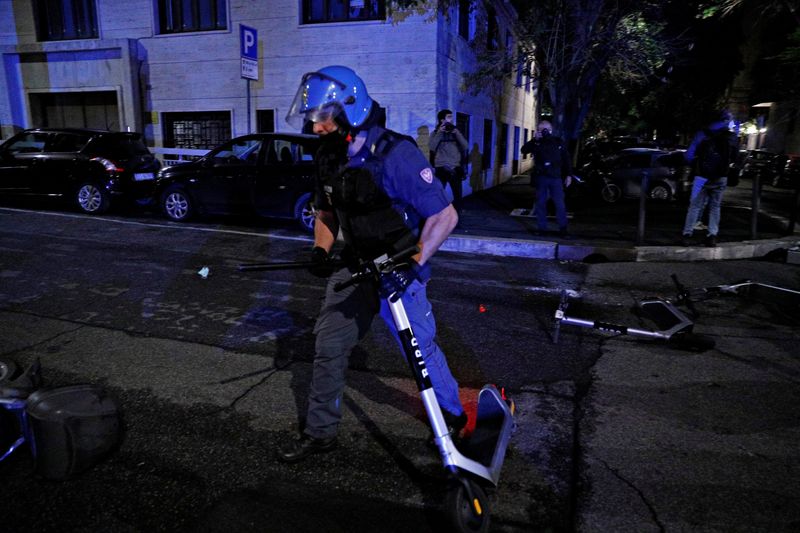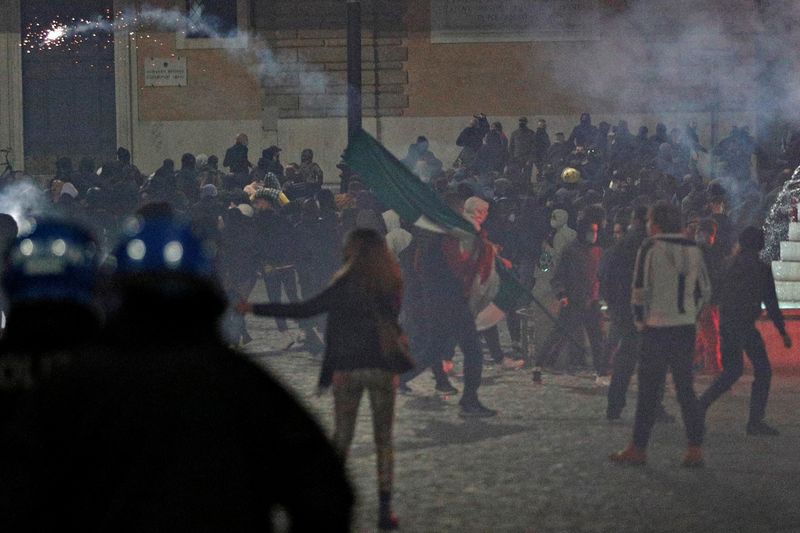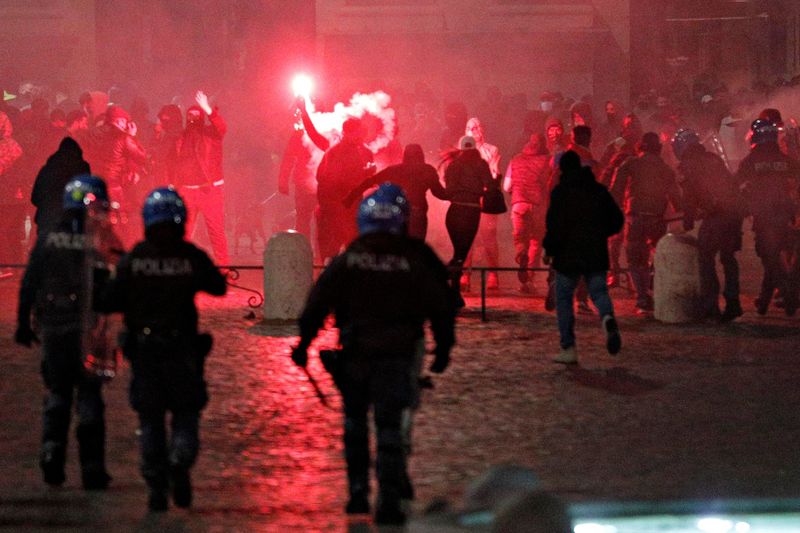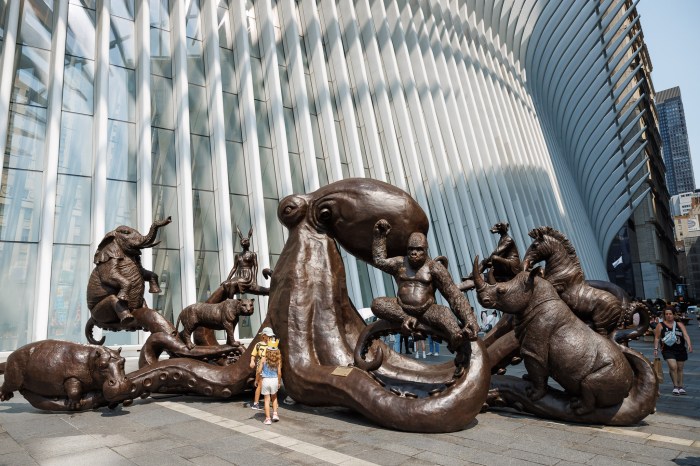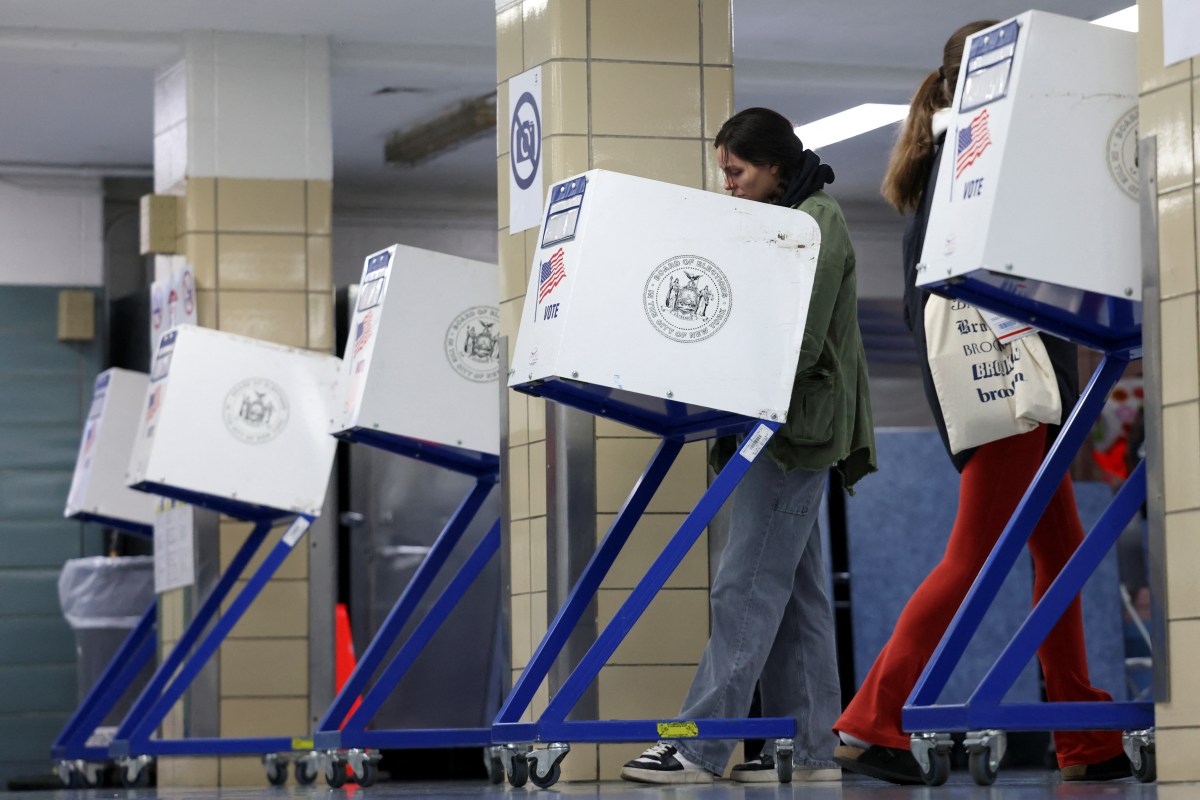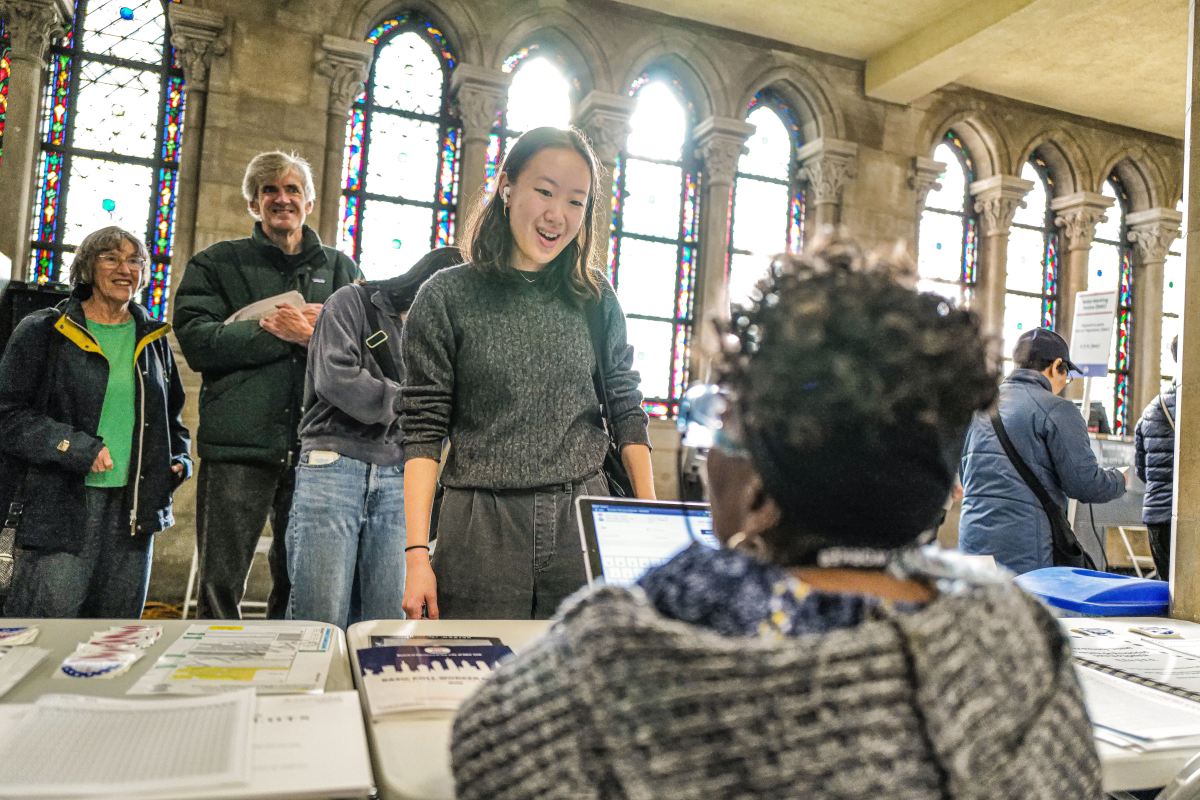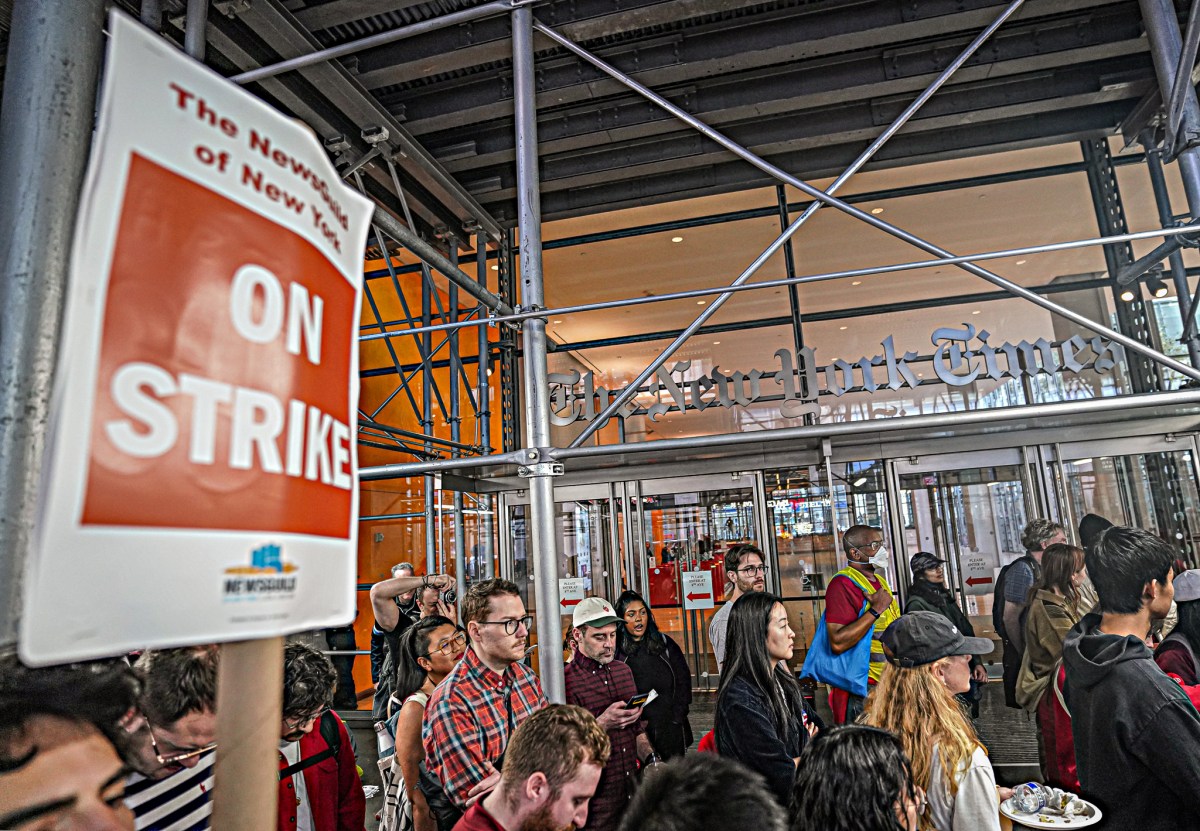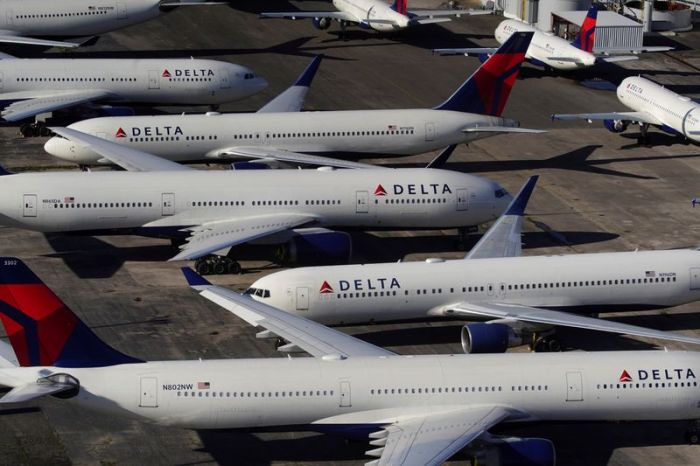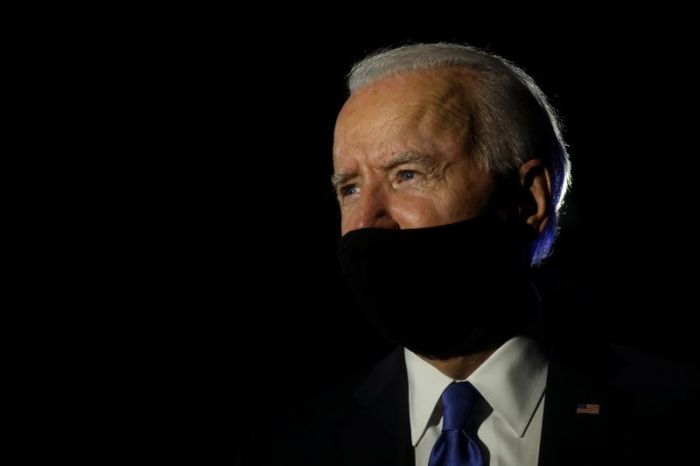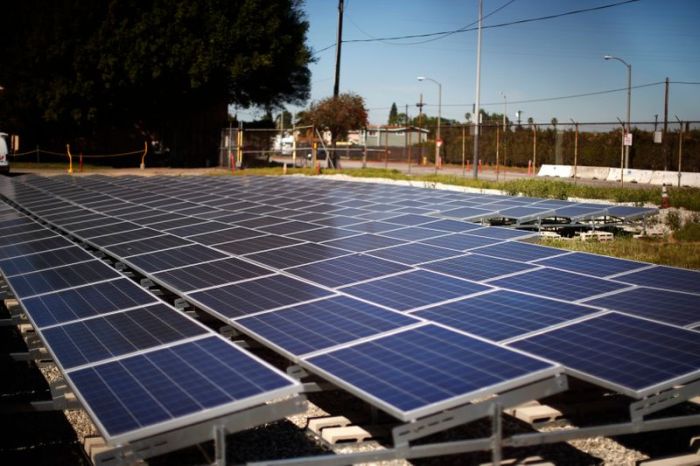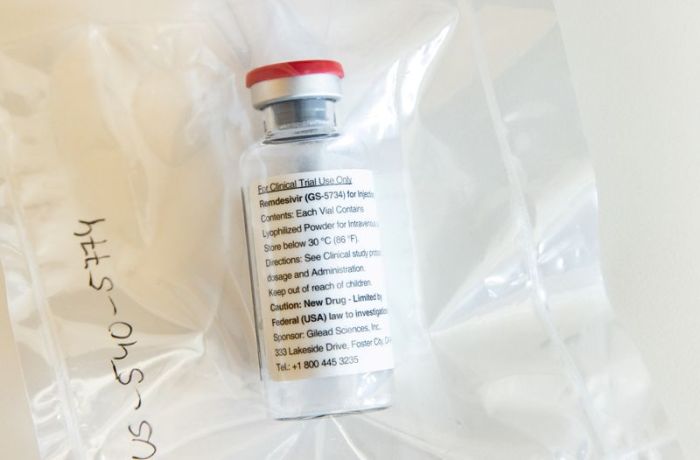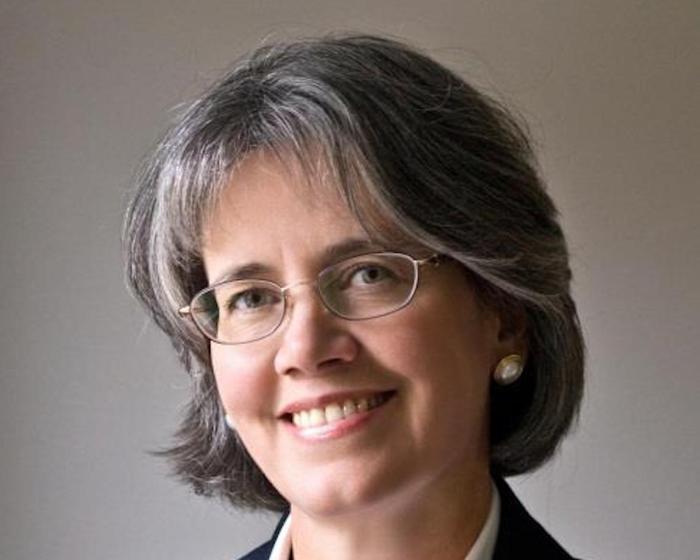MILAN (Reuters) – Italy reported another daily record for COVID-19 cases on Saturday as the government planned further restrictions to contain a resurgence of the pandemic, despite a second night of street protests against curfews ordered this week.
Prime Minister Giuseppe Conte has said he wants to avoid a repeat of the blanket lockdown earlier in the year. But a number of regions have imposed overnight curfews and the central government is expected to announce more measures soon.
After clashes in the southern city of Naples on Friday night, police faced off against dozens of masked protestors in the centre of Rome after the far-right Forza Nuova group called for a protest against the curfews.
Earlier, health ministry data showed 19,644 new COVID cases and 151 dead as the disease surged in areas like Lombardy, Milan, Campania and Lazio.
Conte pledged to speed up help for businesses suffering in the crisis but said the weeks ahead would be very difficult. “We cannot lower our guard,” he added.
According to a draft decree circulated on Saturday, public gyms and swimming pools may be closed and bars and restaurants told to shut from 6 p.m., while people will be encouraged not to travel outside their home districts.
Like many authorities across Europe, the Italian government is desperate not to close down the economy completely but is facing growing public anger at renewed restrictions being imposed to limit public gatherings.
Earlier in the week, overnight curfews were ordered by local governors in Campania, the area around Naples, Lazio around Rome, and Lombardy, the epicentre of the first wave where the financial capital Milan recorded more than 1,000 new cases on Saturday.
The northern region of Piedmont and Sicily in the south will follow next week and other regions are expected to match them.
With public health services coming under strain, authorities have reopened temporary intensive care facilities built during the first phase. Despite this, Italy’s top public health body warned on Friday services were approaching crisis point.
(Additional reporting by Guglielmo Mangiapane in Rome; Editing by Alison Williams, James Drummond and Jonathan Oatis)

